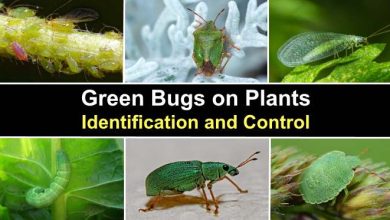Eggplant Pests and Diseases: Complete Guide with Photos
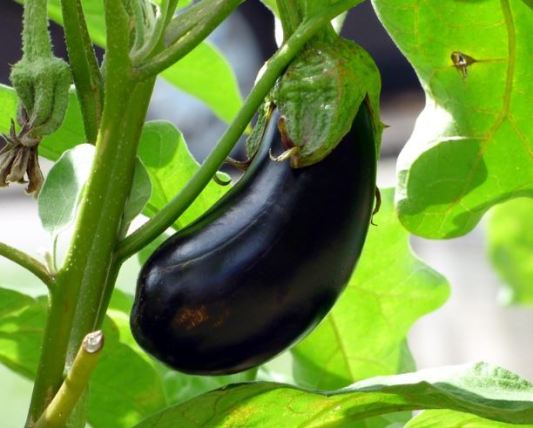
Hello to all gardeners! Continuing with the article on How to grow Eggplant , today I bring you a list of pests and diseases that can affect this vegetable, so that you can identify them in time and do not spoil your harvest. Remember that you can click on the ones in orange to learn more about them.

Eggplant pests
Potato beetle
Potato beetle ( Leptinotarsa decemlineata ) : It is a beetle that causes large gnawing on the leaves, from the margin to the veins, leaving dark droppings behind. Their larvae have a soft body, they are short and orange in color, they are usually very voracious. Adults are very easy to recognize because they have black longitudinal lines drawn, with a yellowish background.
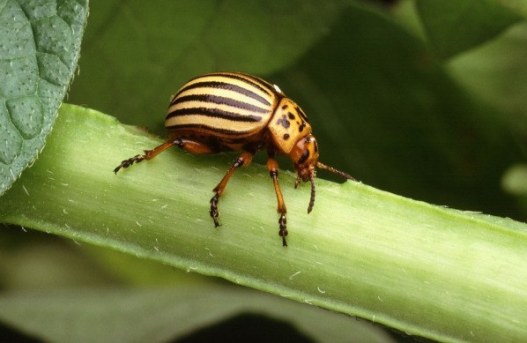
Caterpillars on eggplant
Caterpillars ( Helicoverpa spp ., Spodoptera spp., Autographa gamma, etc. ): We find some holes of considerable size where, at times, we can see the caterpillar gobbling the eggplant. You can also see gnawing on leaves, flowers, fruits and tender shoots, usually with excrement and WITHOUT SLUGS (it gives us the clue that it is not a snail or slug).
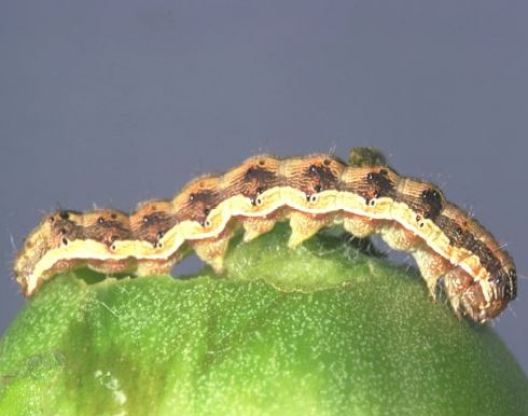
Aphids
Aphids (Myzus persicae, Macrosiphum euphorbiae, Aulacorthum solani… ): Aphids produce a downward curling and wrinkling of leaves. In addition, you can see colonies of these small dark or greenish insects, especially on the tender shoots of the developing plant. Another clue is the presence of molasses (sugary and sticky substance) and ants around them defending them.
Whitefly on aubergine leaves
Whitefly ( Trialeurodes vaporarium, Bermisia tabaci ): We can see some white flies (which are not really flies) with a characteristic erratic flight when shaking the plant. In addition, like aphids, they release molasses. They are usually arranged on the underside of the leaves.
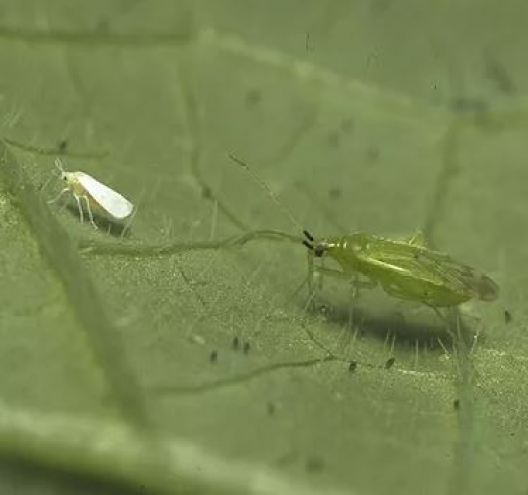
Red spider
Spider mite (Tetranychus urticae): The spider mite is a mite that leaves the leaves discolored with small stippling and silks. If it affects significantly, it can cause desiccation and defoliation of the plant.
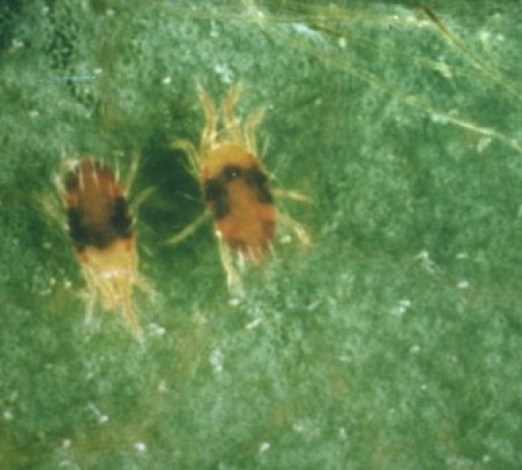
Flower thrips
Flower thrips (Frankliniella occidentalis): Damaged plants have leaves with small, irregular silver spots, corresponding to lesions on the underside.
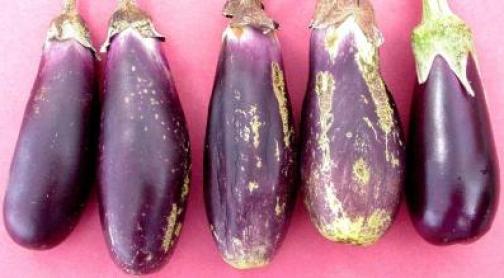
Eggplant Diseases
Aubergine mildew
Downy mildew (Phytophtora infestans): Initially, the leaves of the plant show yellowish spots with an oily appearance that turn brown, the center becoming necrotic. A thin white veil appears on the underside that corresponds to the spores. On the stem, we find elongated brown spots that symbolize necrosis and wilting in the plant. The crop takes on a burnt appearance. On the developing fruits, soft spots with a brown appearance are generally observed in the upper half.
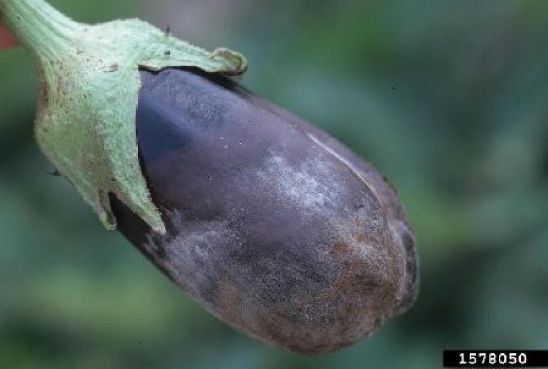
Alternaria or potato negrón
Alternariosis or black of the potato ( Alternaria solana ): On the lower leaves we find circular brown spots in concentric rings, limited by the main vein. On stems and petioles the spots are black and well defined. In fruits, there is a depressed necrosis covered with a black mold.
Verticillosis
Verticillosis ( Verticillium dahliae) : Produces an irregular asymmetric yellowing of the lower leaves of the eggplant accompanied by wilting in the hot hours of the day. It may only occur in one part of the plant.
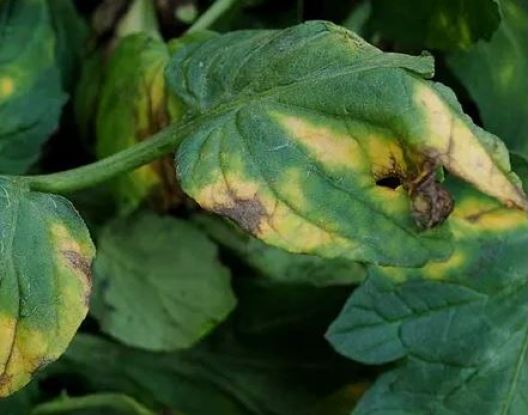
Nematodes
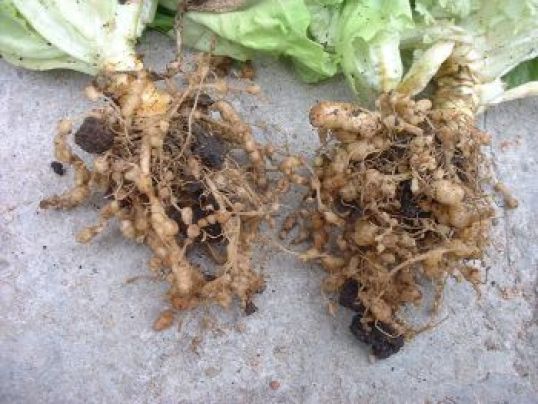
Eggplant virus
Viruses : Mosaics in leaves, dwarfism, chlorotic rings (yellow), curling and curling of leaves, deformations of fruits with wavy spots or rings … Eggplant is susceptible to viruses such as TSWV (Tomato Spotted Wilt Virus), transmitted by thrips of flowers.
Common pathophysiology in Eggplant
The physiological disorders are diseases caused by abiotic factors , ie, there is no causative pathogen but it fosters a bad condition in the middle as deficiencies or excesses of nutrients, low or high temperatures, drought and mismanagement of irrigation and salinity , among others .
Ozone toxicity in plants
Ozone toxicity: Initially, irregular bronzed mottlings appear on older leaves, between the veins of the sun-exposed face. Sometimes in overlapping leaves the shaded part is healthy. Premature aging occurs in the affected leaves.
Fruit grinding
Fruit grinding: In eggplant, the plant has a great production of large leaves but the flowers are misshapen and do not set to fruit or the fruits they produce are misshapen and spongy.

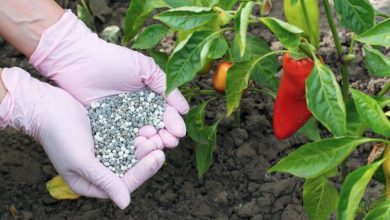
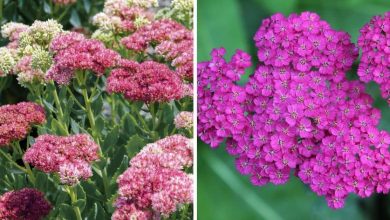
![Photo of List of [20] Tropical Plants with Images and Care](https://www.complete-gardening.com/wp-content/uploads/2022/08/list-of-20-tropical-plants-with-images-and-care-390x220.jpg)
